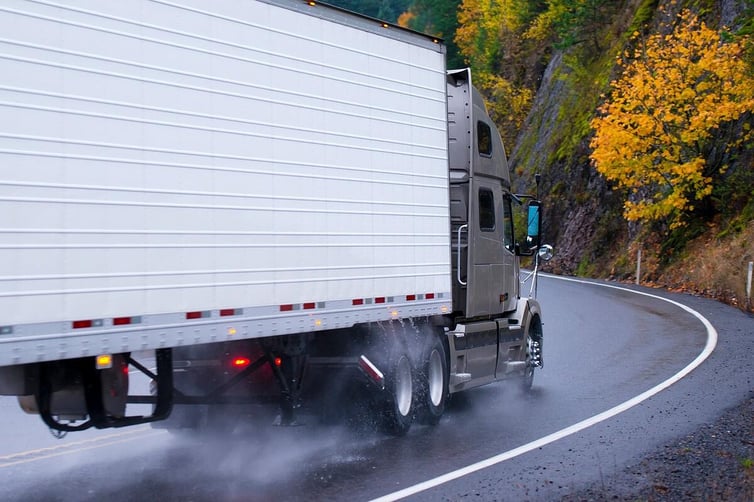
Fall is quickly approaching, and with it comes seasonal hazards that can lead to animal strikes, loss of control crashes, and other losses. Dispatchers, driver managers, and safety personnel should be communicating these hazards to drivers on a regular basis during the fall months.
Please take time to review the list of driving hazards below, and make it a point to discuss these seasonal risks with drivers. Also, complete the “Call to Action” items to help prevent potential vehicle crashes.
Slippery Road Conditions
When moisture from rain and dew mixes with oils and dust on the road, the surface becomes slippery and has decreased traction. Likewise, leaves falling on the road, especially if wet, create adverse road conditions. Remind drivers to observe the proper speed for conditions.
First Freeze
Colder temperatures bring frost and ice, even black ice. Remind drivers to be cautious when driving on bridges and overpasses because they will freeze before the roadway. Also, drivers should budget enough time for a proper pre-trip inspection; checking tire tread depth, defrosting the windows, and cleaning the mirrors.
Back to School
Autumn means back to school time for most children. Remind drivers to expect traffic congestion along bus routes, reduced speed limits in school zones, and the increased risk of pedestrians on or near the roadway.
Drivers should be extra vigilant, slow down, and be prepared to stop suddenly.
Sun Glare
During sunrise and sunset, it can be difficult to see traffic lights or even the vehicle in front due to sun glare. Remind drivers to slow down, allow proper following distance, and wear sunglasses to reduce glare. If possible, encourage drivers not to drive during these times of the day or to plan breaks until the hazard is gone.
Fatigue
Shorter days and the end of daylight savings time can disrupt sleep patterns. Remind drivers to get plenty of rest and avoid heavy meals loaded with carbohydrates and sugary, caffeinated drinks, such as soda. Most crashes occur in the early morning hours and right after lunch.
Road Obstacles
This time of year brings unique road obstacles, such as slow-moving, less-conspicuous vehicles, like farm equipment on rural roads, and increased animal traffic. Remind drivers to be patient around farm vehicles and not to pass unless it is safe and legal to do so. Likewise, drivers should be on the lookout for warning signs and other evidence of animals crossing and to slow down and stay in one lane to avoid a loss of control crash.
CALL TO ACTION
- Conduct random vehicle inspections each day with drivers to reinforce proper procedures.
- When possible, allow drivers to schedule non-driving time to avoid periods of increased sun glare.
- Provide healthy snacks in the driver room to help boost driver health and wellness.
This material is intended to be a broad overview of the subject matter and is provided for informational purposes only. Great West Casualty Company does not provide legal advice to its insureds or other parties, nor does it advise insureds or other parties on employment-related issues, therefore the subject matter is not intended to serve as legal or employment advice for any issue(s) that may arise in the operations of its insureds or other parties. Legal advice should always be sought from legal counsel. Great West Casualty Company shall have neither liability nor responsibility to any person or entity with respect to any loss, action, or inaction alleged to be caused directly or indirectly as a result of the information contained herein.Reprinted with permission from Great West Casualty Company.

